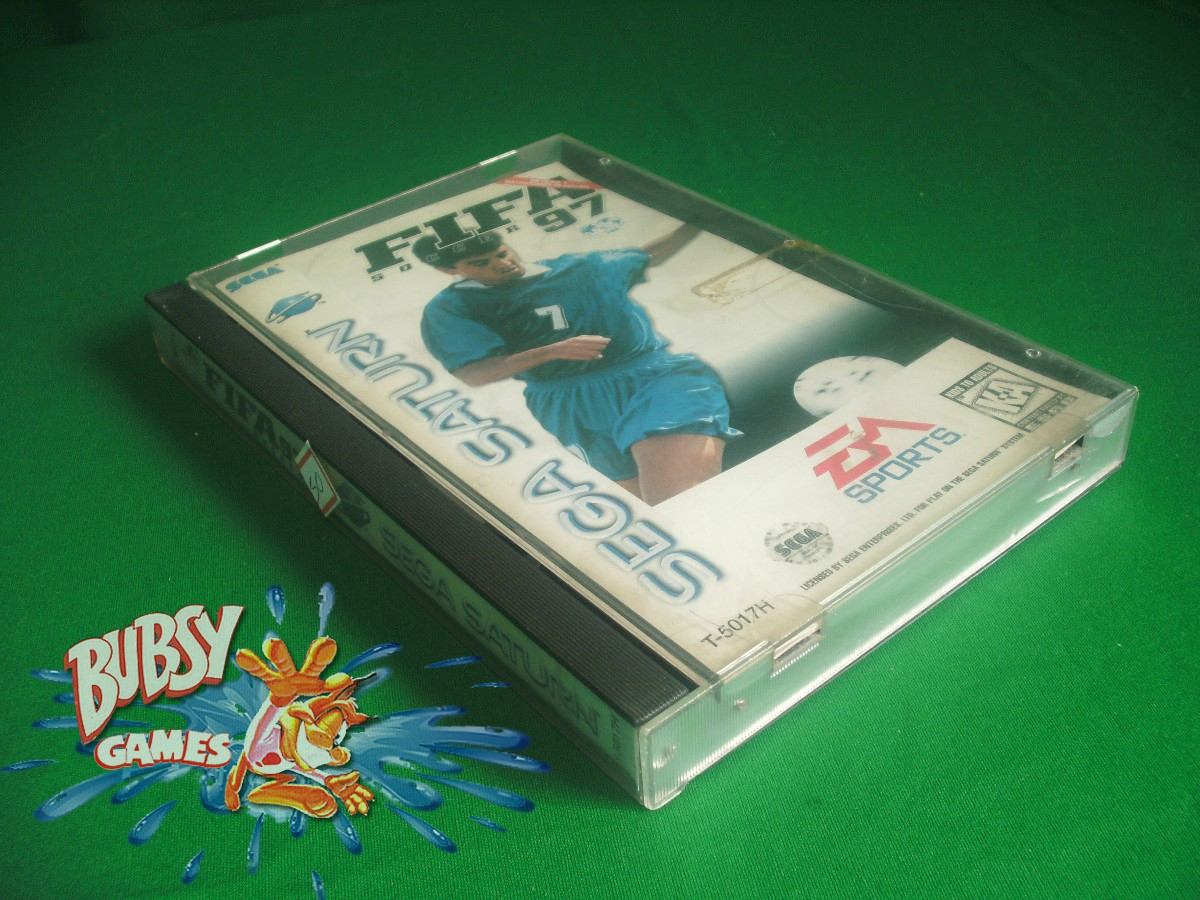

True, other than the 16-bit Mega Drive version, FIFA ’96 boasts a 3D engine. In a way, it was its very own game, since it was neither created by the team that made the Mega Drive title, nor by the one responsible for the Saturn version, since the game was outsourced to a third party, Probe. Rather, it was sandwiched – or stuck – somewhere in between. And very much like the console itself, the game was neither a true port from its 16-bit base console, nor was too close to the Saturn version. As one of only two 32X games to be released solely in Europe (the other being DarXide), EA even brought an edition of FIFA ’96 to the much-maligned add-on of the Mega Drive.

There was even a Game Gear port… and a fourth version of the game for a SEGA console. With all that bang the new technology brought, EA didn’t forget the roots of the series though, and released different version of the game for the Sega Mega Drive, as well as the SNES, so those entries were just a visually updated version of the original FIFA game, with some more technical engine tweaks (though some may argue that it was a step back from the predecessor, but I digress). By the way, in Europe FIFA ’96 was one of the first games to be released on the Sega Saturn. If you look up the game on Wikipedia, the site claims that it was the first truly successful game in the series (then again, given that it was released on virtually every single platform there was at the time, it is hardly a surprise that this one was more successful than the two predecessors).

Utilizing what PR labeled “Virtual Stadium” technology, the Saturn, PlayStation and PC versions of the game were the first in the series to come with what is now taken for granted with sports games: a 3D engine, several camera angles, and a commentator by then-famous BBC sportscaster John Motson (though with this game being the first to utilize this technology, it was not very accurate and very repetitive). While the predecessor to the next soccer installment, FIFA Soccer ’95, had been an exclusive release for the Mega Drive (though only slightly updating the graphics and engine of the first game), with FIFA ’96 the company went all out. And with the new era of gaming, a new buzz was ringing in as well: 3D graphics! EA was welcoming this new era and was fully embracing it. The 16-bit era was nearing its end, with the CD-based Sony PlayStation and the Sega Saturn (among others) ringing in a new generation. Publisher: Extended Play Productions/EA Sports Players: 1-4 Released: 1995ġ995 was a very pivotal year, not just for the FIFA series but for gaming as a whole.


 0 kommentar(er)
0 kommentar(er)
